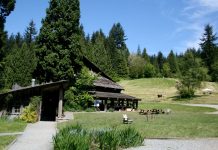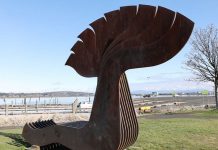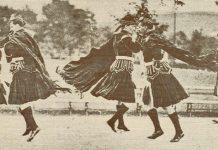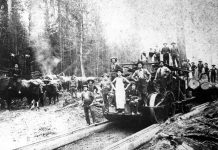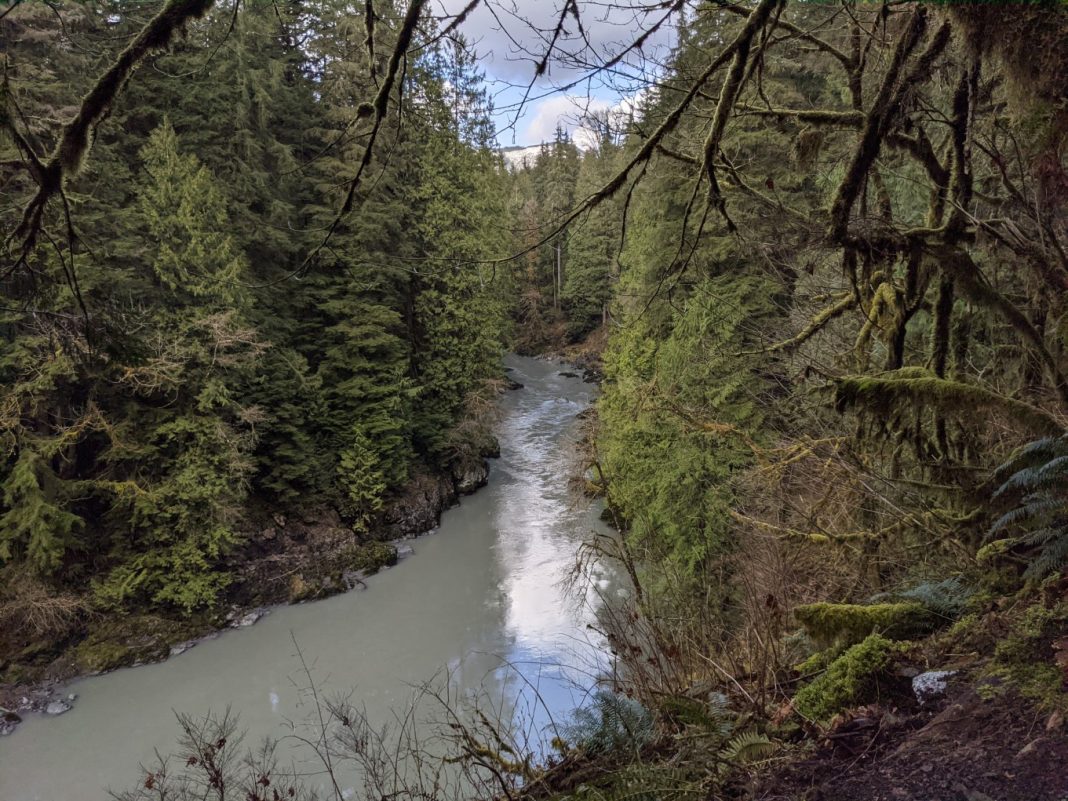Lime Kiln Trail, located a few miles east of Granite Falls, gives hikers a glimpse into Snohomish County history. The trail and the preserved lime kiln site are part of Robe Canyon Historic Park, which encompasses nearly 1,000 acres of land along the Stillaguamish River.
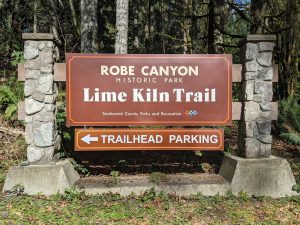
In 1892, the Everett and Monte Cristo Railway were built in Robe Canyon, connecting the mining town of Monte Cristo to Everett’s industrial hub. The railway was used to transport lime, gold, and silver from the Cascade Mountains to ore smelters and pulp mills. Limestone mined in the area was converted into lime using a kiln constructed contemporaneously with the railway. In addition to mining, the railway was also used by the logging industry and eventually served as a passenger train route.
The location of the railway was a source of dispute. Local leaders wanted to avoid building near the tumultuous waters of the south fork of the Stillaguamish River. Still, the East Coast financiers of the mining operation were assured by some reports that the Stillaguamish was merely a fishing stream. The financiers hoped to avoid the additional expense of the trestling necessary to circumnavigate the river, and the railway was subsequently built near the banks of the Stillaguamish. Winter weather frequently resulted in the railway structures being damaged or swept away in floods, leaving Monte Cristo, the town of Silverton, the popular Inn at the Big Four Ice Caves, and other small communities cut off from the outside world. A stock market crash in 1907 resulted in the closure of the mines, and the railway was eventually abandoned in 1932.
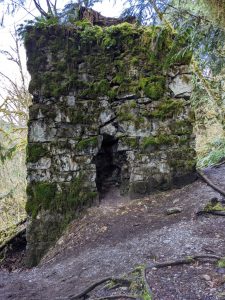
In 1995, County Executive Bob Drewell, County Councilman John Garner, and State Senator Kevin Quigley, aided by the Stillaguamish Citizens’ Alliance and River Network, began securing the former railway lands for use as a county park. They were initially able to acquire 160 acres of land in Robe Canyon, with an additional 800 acres added two years later. The county obtained another 30 acres in 2001 with the assistance of the Cascade Land Conservancy. Volunteers completed the Lime Kiln Trail section of the park in 2007.
Snohomish County Parks and Recreation manage the Lime Kiln trailhead. There is currently no pass or fee required to park at the trailhead. Lime Kiln is a popular hike during the warmer seasons, though the trail is open year-round and is passable yet muddy during the rainy months. There are no water sources or restroom facilities at the trailhead. Historical photographs and facts about the park are on display on a bulletin board near the trail entrance.
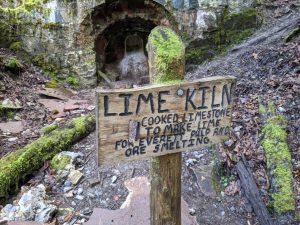
Lime Kiln Trail is considered an intermediate-difficulty hike. It is lengthy at nearly seven miles roundtrip, and although the elevation gain is only about 625 feet total, most of the gain is on the return trip. The trail is well-maintained and accommodating of kids with some hiking experience under their belts. Dogs are welcome, too and should always remain leashed, as cougars and black bears are known to inhabit the Robe Canyon area. The park runs alongside private land, but there are multiple signs to keep hikers on the correct route.
The hike starts in a wooded area with an abundance of ferns and blackberry bushes. There is a short initial climb of about 200 feet, and the trail then gradually descends for about 600 feet to a section of the old railway. The wooden railroad ties are still visible in some spots, and the path winds along the Stillaguamish River, offering many stunning viewpoints. About two and a half miles in, the path veers away from the river, and the 20-foot-tall lime kiln suddenly looms out of the trees to the right of the trail. The face of the kiln is covered in moss, and the three stoking ovens are easily visible.
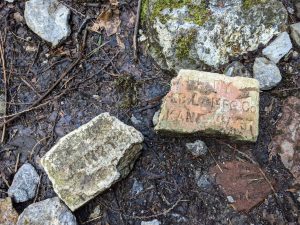
Numerous artifacts are scattered around the kiln, including saw blades, imprinted bricks, and iron stove pieces. Hikers are free to take pictures but are encouraged by the trailhead sign to please leave the artifacts undisturbed for the enjoyment of future visitors. The trail continues along the Stillaguamish River for about another mile before hikers are given the option of taking the quarter-mile River Shore Loop or heading down a path through some dense forest towards the Railroad Bridge Site and the official end of the trail. Nothing remains of the former bridge, but the trail terminates with a view of the continuing railway on the other side of the river canyon.
For hikers willing and able to make the seven-mile trek, Lime Kiln Trail offers up beautiful vistas of the Stillaguamish River and a chance to explore Snohomish County antiquity. This glimpse into our shared local past is an unforgettable experience.











